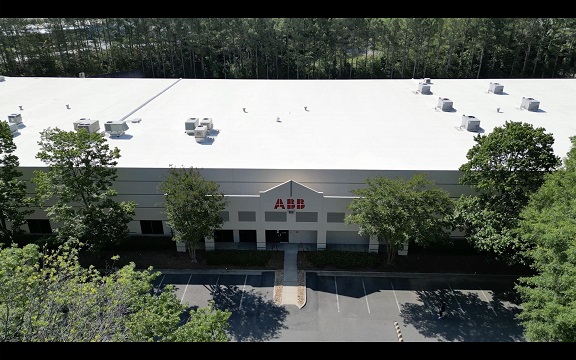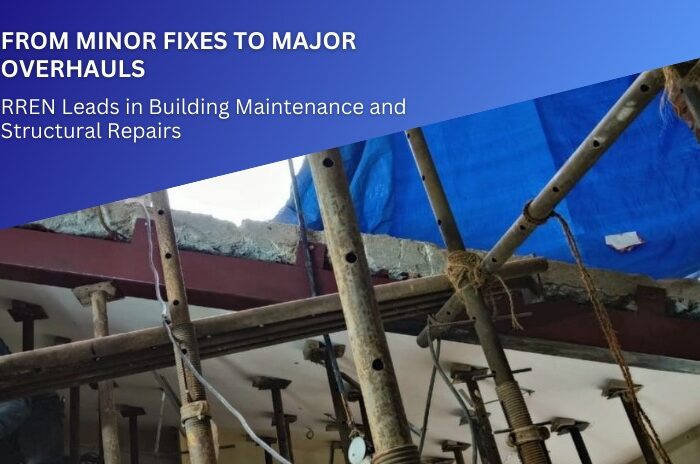The Impact of Technology on Construction: Automation, IoT, and Robotics
The construction industry has traditionally been known for its labor-intensive nature, but the rapid advancement of technology has brought about significant changes in recent years. Automation, Internet of Things (IoT), and robotics are transforming the way construction projects are planned, designed, and executed. In this blog post, we will explore the impact of technology on construction, specifically focusing on automation, IoT, and robotics, and how these technologies are revolutionizing the construction industry.
Automation in Construction
Automation involves the use of computerized systems or robots to perform tasks that were previously done by humans. In construction, automation is being employed in various areas, such as bricklaying, concrete pouring, and even 3D printing of building components. Automated equipment and machinery are now being used to streamline construction processes, increase efficiency, and reduce labor costs. For example, autonomous construction vehicles, such as drones and robotic excavators, can perform tasks more quickly and accurately, reducing the risk of human error and improving overall project productivity.
Internet of Things (IoT) in Construction
The Internet of Things (IoT) refers to the interconnected network of devices, sensors, and software that enables the exchange of data and information over the internet. In construction, IoT is being used to monitor and manage various aspects of a construction project, such as equipment, materials, and workforce. IoT devices and sensors can collect data in real-time, providing valuable insights on project progress, resource allocation, and safety conditions. For example, wearable devices equipped with sensors can track the location and health status of workers, while sensors embedded in construction materials can monitor their quality and performance. This data can be analyzed to optimize construction processes, improve decision-making, and enhance project outcomes.
Robotics in Construction
Robotics in construction involves the use of robots or robotic systems to perform tasks that would typically require human intervention. Robotic technologies, such as drones, exoskeletons, and autonomous robots, are being employed in construction to increase precision, speed, and safety. For instance, drones equipped with cameras and sensors can survey construction sites, collect data, and generate detailed maps, allowing for more accurate site assessments and progress tracking. Exoskeletons worn by workers can reduce physical strain and injuries caused by heavy lifting, improving worker safety and well-being. Autonomous robots, such as bricklaying robots, can accurately lay bricks at a faster pace than humans, reducing labor costs and increasing productivity.
The impact of automation, IoT, and robotics on construction can be seen in several significant ways:
Increased Efficiency:
Automation, IoT, and robotics are streamlining construction processes, reducing manual labor, and improving overall project efficiency. Tasks that would traditionally require significant time and effort can now be performed more quickly and accurately by automated equipment, IoT devices, and robots, leading to faster project completion and cost savings.
Improved Safety:
Technology is playing a crucial role in enhancing construction site safety. IoT sensors and wearable devices can monitor workers’ health and safety conditions in real-time, helping to prevent accidents and injuries. Robots can perform dangerous tasks, such as working at height or in hazardous environments, reducing the risk of human harm.
Enhanced Precision and Quality:
Automation, IoT, and robotics are enabling higher levels of precision and quality in construction processes. For example, robotic systems can accurately lay bricks or pour concrete, reducing errors and rework. IoT sensors can monitor construction materials’ quality and performance, ensuring that they meet the required standards.
Cost Savings:
Automation, IoT, and robotics are helping construction companies save costs by reducing labor expenses, minimizing rework, and optimizing resource allocation. While the initial investment in technology may be significant, the long-term benefits of increased efficiency, improved safety, and enhanced quality can result in substantial cost savings over the life of a construction project.
Improved Decision-making:
The data collected from IoT devices and sensors can provide construction companies with valuable insights for better decision-making. Real-time data on project progress, resource utilization, and equipment performance can help construction managers make informed decisions to optimize project outcomes and mitigate risks.
Sustainability:
Technology is also driving sustainability in the construction industry. Automated systems can optimize material usage, reducing waste and minimizing the environmental impact of construction projects. IoT sensors can monitor energy usage and resource consumption, helping to identify opportunities for conservation and efficiency.
Skilled Labor Augmentation:
As the construction industry faces challenges with labor shortages and skilled labor availability, technology can help bridge the gap. Automation, IoT, and robotics can augment the work of skilled labor, making construction processes more efficient and productive.
Innovation and Competitive Advantage:
Construction companies that embrace technology and incorporate automation, IoT, and robotics in their processes are likely to have a competitive advantage over those that do not. Adopting innovative technologies can position construction companies as industry leaders and attract clients who value advanced technological capabilities.
Conclusion:
Technology is transforming the construction industry, and automation, IoT, and robotics are playing a pivotal role in this revolution. The increased efficiency, improved safety, enhanced precision, cost savings, better decision-making, sustainability, and competitive advantage offered by these technologies are reshaping the way construction projects are planned and executed. Embracing technology and staying up-to-date with the latest advancements can provide construction companies with a competitive edge in the ever-evolving construction industry. As technology continues to advance, we can expect further disruptions and innovations in the construction sector, ultimately leading to more efficient, sustainable, and safer construction processes.











